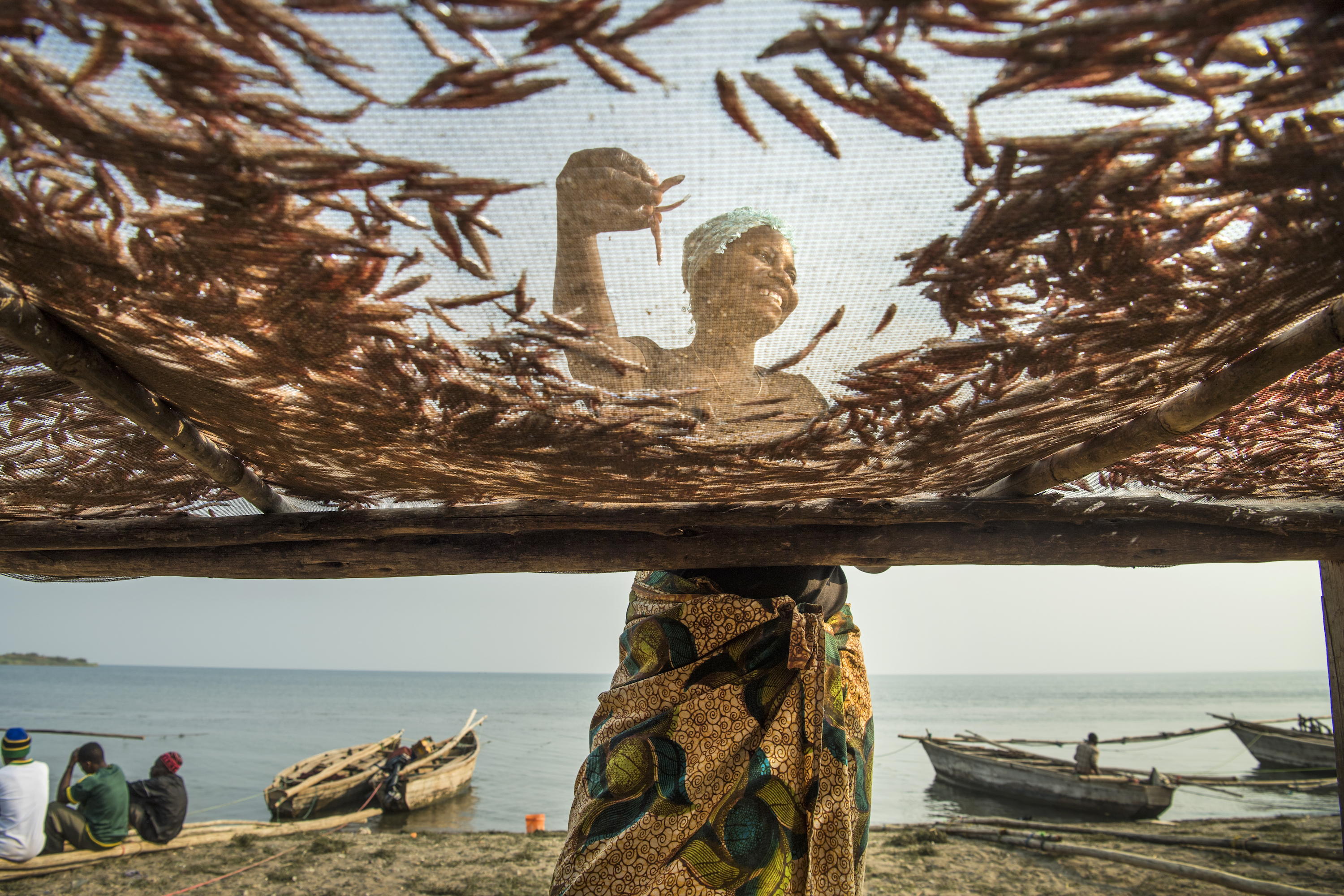A sustainable future for people and nature? It's still possible
- From
-
Published on
12.11.18
- Impact Area

Climate change, declining air and water quality, rapid population growth – it can seem overwhelming to even contemplate solutions to such global challenges, let alone what it would take to actually implement those solutions. How will a world already under intense environmental stress be able to feed and shelter an expected 10 billion people by the year 2050?
Unfortunately, many have come to accept the idea of a stalemate between environmental conservation and human development as a given.
A new study by The Nature Conservancy, the University of Minnesota and 11 other leading organizations suggests that there is another way to approach these problems. We cleared the slate of our old assumptions and looked at these massive, shared problems with fresh, science-based eyes.
Related news
-

DTA at COP30: Why Digital Transformation Belongs at the Heart of Climate Action
Climate Action Science Program13.11.25-
Adaptation
-
Climate adaptation & mitigation
-
Mitigation
As the world gathers in Brazil for COP30, the conversations are once again focused on…
Read more -
-

COP30: Italy joins global champions to drive food systems transformation
Climate Action Science Program13.11.25-
Adaptation
-
Climate adaptation & mitigation
-
Mitigation
11 November 2025, Belém: Italy joined the Alliance of Champions for Food Systems Transformation (AC…
Read more -
-

Accelerating wheat breeding, from Toluca in Mexico to the world
CGIAR Initiative on Breeding Resources12.11.25-
Climate adaptation & mitigation
-
Nutrition, health & food security
In Mexico, a project has been completed to develop new elite parental lines of wheat…
Read more -
